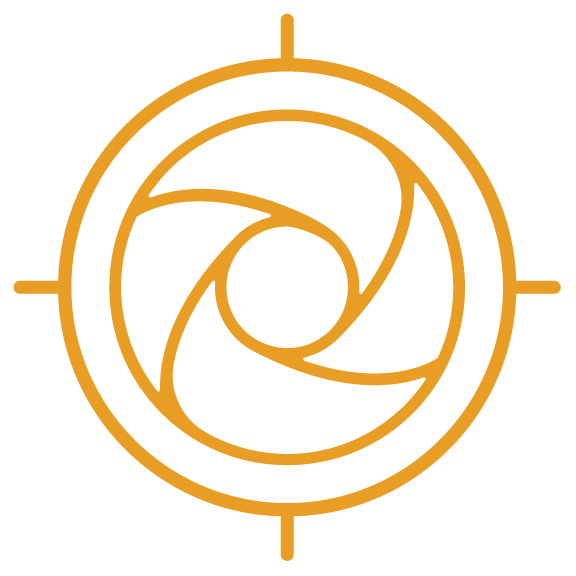The
deadlift is one of the most beneficial exercises for the lower body, but it's
actually a full body exercise when you think about all the various components. In this video we cover the following:
- Proper form/technique for the deadlift.
- Common mistakes when doing a deadlift.
- Several variations of the deadlift to incorporate into your training.
The first
thing you need to think about is the setup. Starting with feet in a hip-width
stance, you're going to set up with the bar directly over the middle of your
feet so that you have a mostly vertical shin-angle. There can be a bit of
variation with the torso, arm, and shin-angle. You want there to be a triangle
between your feet, hips, and shoulders, the shape of which will vary from
person to person, but in general, the shins should be mostly vertical. The
torso should be at a slight angle, and the arms should be straight up and down
with the shoulders directly above the bar.
The other thing you need to do is pack your shoulders, which you do by
twisting your arms, almost as if you're bending the bar in half. You also should keep the shoulders down and
back, almost like you're carrying a magazine underneath your arm.
Now, once
you're in the proper setup position, the next thing to do is the actual lift.
The first and primary thing is you want the bar to move in a straight path
vertically when lifted. The bar should move straight up and down above the
middle of the feet without deviating forward and backwards. The next thing you
want to focus on bringing the hips forward to meet the bar. Once you're at the
top of the lift, the next part is lowering it. The bar should go down the same
way it came up, and you should initiate the movement by breaking from the hips.
Now that you've seen the basics of the deadlift, let’s talk about the three
common errors:
- Having the bar too far in front of the feet.
The bar should be lined up over the middle of the
foot, but often times people set up with the bar over the toes with the bar being
too far away from the body. This is
going to make it difficult to keep a straight bar path as well as put more
pressure on the low back.
- Being in too much of a squatted position.
The second error is taking too much of a squatted
position in the deadlift. People think that because you want to protect your
low back, you need to have an upright torso, but the problem is that when
you're in a squatted position, the knees come too far forward of the bar, and
it makes it hard to maintain a vertical bar path. So when deadlifting, don't be
in too much of a squatted position and make sure to start with the hips slightly more elevated.
- Having a non-neutral neck position.
The third error has to do with neck position. People
tend to either tuck or lift their chin because they're looking at places on the
wall, ceiling, or floor. The most important thing is to maintai a neutral neck
position. The head should follow the body, and depending on at what point you
are in the lift, your chin and eyes should be focused on different points in
the room.
Now that you've got the basics of the
deadlift, I want to talk about three variations of the deadlift:
- Sumo deadlift
With a sumo deadlift, you're going to take a
wider and toed-out stance. The shins are going to still primarily be vertical,
but because of the wide stance, you're going to recruit the adductors into the
lift. Everything else about the sumo deadlift is similar to the regular
deadlift, including the angle of the torso, shoulders, and arms, but one is not
better than the other. I recommend doing the sumo deadlift as well as the
regular deadlift as part of your workout program.
- Snatch-grip deadlift
This variation is similar to the standard
deadlift but with a much wider grip. One of the reasons for doing this exercise
is that when you take the grip out wider, it increases the depth/range of
motion for the deadlift. Because of
this, the snatch-grip deadlift is a much more advanced version of the deadlift
and you get a greater range of motion when training the snatch-grip, deadlift.
- Kettlebell deadlift
This variation is the easiest/most basic: All of
the components of the kettlebell deadlift are similar to the regular deadlift,
including the position of the kettlebell in relationship to the foot, the
vertical path of the weight, and the angles of the torso, shins, and arm. The
reason the kettlebell is a good place to start is because the kettlebell is smaller
and easier to manage for someone that is less experienced.
So now that
you know the basics of the deadlift, what errors to avoid, and a couple
variations to get you started, let’s get to work.


.png?width=70&height=70&name=Stark_LogoMark%20(1).png)
 Stark
Stark